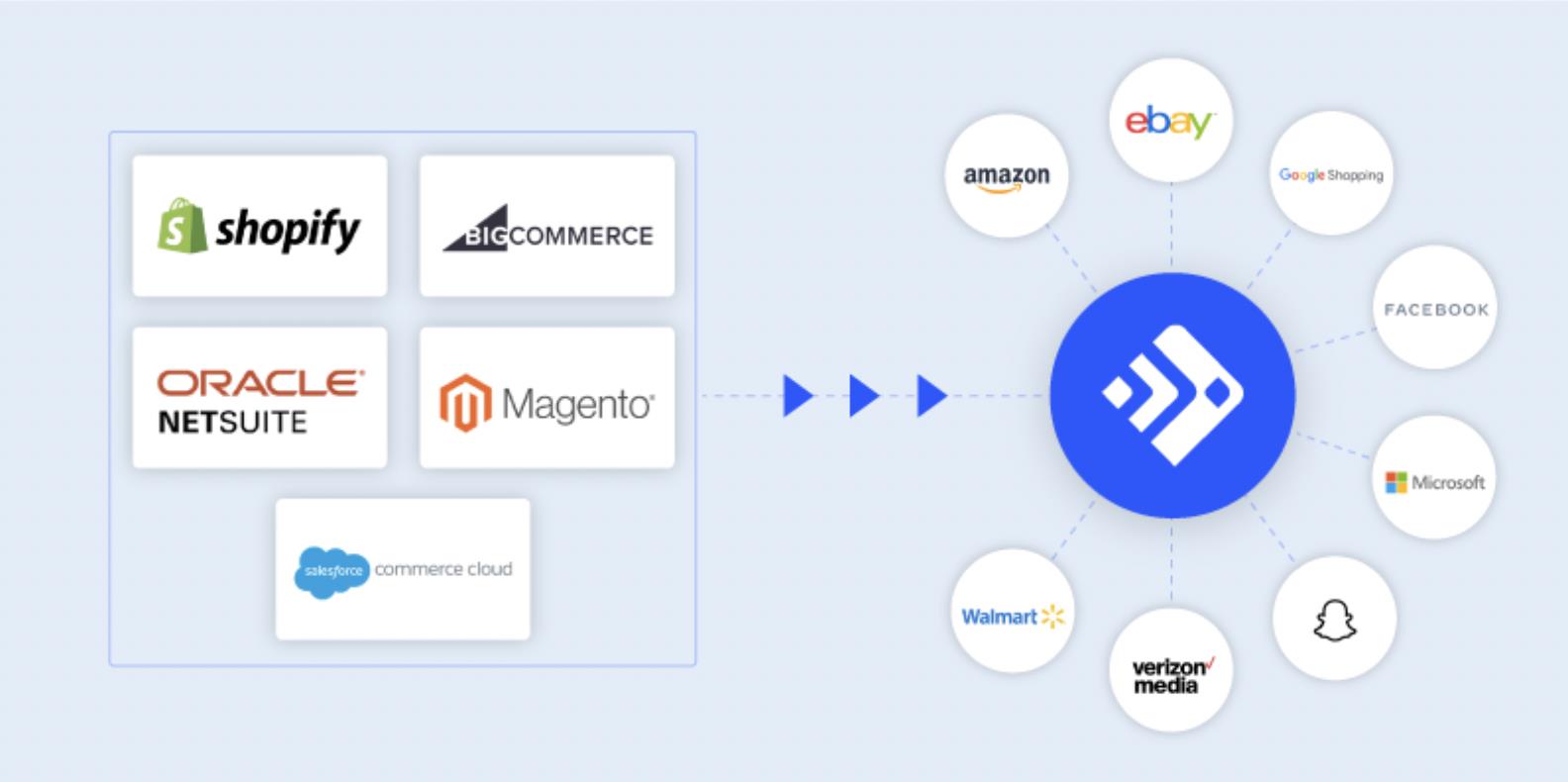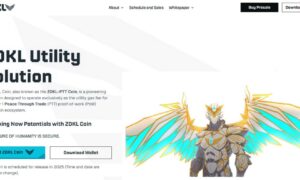E-commerce has boomed, and both B2B and B2C customers are becoming incredibly comfortable purchasing online. This, of course, is great news for many e-commerce businesses because it means higher profits. But with any growth, you need tools in your e-commerce tech stack that can help ensure efficiency and business scalability. This is why product information management (PIM) and feed management (FM) tools have gained momentum since the COVID-19 pandemic.
The latest PIM statistics show that the market was valued at $9.90 billion in 2019 and is projected to reach $59.25 billion by 2027. FM statistics, on the other hand, were valued at $171.0 million in 2018 and are projected to reach $244.3 million in 2024. Both have promising growth potential and further highlight their importance in ecommerce. For many, it’s a matter of choosing the best between the two systems, but in reality, you cannot choose. Both tools serve different purposes, but when merged, they bring huge benefits.
What is a product information management tool?
A product information management tool, also known as a product catalog system, is a tool that helps e-commerce businesses manage their content. This product content includes SKUs, product titles, product descriptions, material type, size, color, digital assets, and more in a single centralized location. Think of all the product information you currently store in a spreadsheet; that’s what could be stored in PIM.
What makes it a better option than old storage methods such as spreadsheets is that it helps you avoid human error and data silos and gets your products to customers faster. Studies have shown that workers spend far too much time (90% of their working week) on data-related activities. Not only does this affect productivity in an always-on world, but it can easily create an environment prone to costly mistakes.
Accurate content is crucial to the success of an e-commerce business. Customers who shop online cannot examine a product as they would in-store, so they rely on your product information. This explains why 87% of online customers say product content is extremely or very important when deciding to purchase a product, and 50% say they have returned an item because it didn’t match the product description.
This is why the need for a PIM tool has grown and is no longer seen as a nice-to-have tool for big companies but valuable for small businesses too. Finding the best PIM for small businesses means being able to compete with e-commerce giants online as they have a central place to create, edit, manage, and optimize their product information. This way, they can send quality product information to various partners such as distributors, manufacturers, and resellers, internally and to various sales channels.
What is a feed management system?
Modern-day customers want to buy products wherever is most convenient for them.
This can be on a business’s e-commerce website, social media, marketplaces, or Google shopping.
To sell on multiple channels, your data feeds need to be accurate and meet the specific requirements of that platform. Product feeds include product information such as product titles, descriptions, pricing, product categories, product availability, quantity, and other attributes for a specific channel.
What makes a feed system ideal for retail channel management is that each platform has different requirements. The format you create for your product information on Amazon won’t be the same as other marketplaces such as Walmart.com, eBay, and more. It also won’t be the same for social media platforms.
A feed management tool allows you to export your product catalog to meet the requirements of various channels. Managing different channels manually costs your team time, can be overwhelming and can result in costly mistakes. E-commerce is a competitive industry where you need accurate and rich information that helps you not only convince customers to purchase your product but also to help you rank to increase your visibility on these competitive channels.
How PIM and feed management complement each other
In e-commerce, product data is everything. However, over 80% of ecommerce businesses are not confident in their product data. Why? Because they don’t have the tools to help streamline processes.
Managing thousands of SKUs on various channels is no child’s play. Doing it manually can lead to;
- Non-compliant product data for various platforms
- Missing required information
- Inaccurate product data
- Products that aren’t visible on search engines
This ruins all your efforts of a multichannel strategy and pushes your customers right into your competitors’ hands. To excel in multichannel commerce, you need rich, complete, accurate data that gives customers all the information they need before making a purchase. While you could survive with one tool over the other, you won’t be as efficient as you need to be to push products faster to the market.
Most PIMs for e-commerce has product syndication capabilities and allow you to format product data to meet platform requirements. When you use a PIM and feed management tool together, you have a well-oiled machine where you use a PIM as a central repository to create, manage, and safely store your product information and multimedia. You can then send that content to a data feed management tool and ensure you have optimized content that is customized to meet each specific platform’s requirements.
This results in;
- Your products are becoming more visible to potential customers on all your sales channels.
- Online customers have confidence and trust in your brand and products as you’re creating high-quality content.
- Products meet channel requirements, and you don’t have to worry about products not going live.
- Get more sales as you have high-quality images, descriptions, and titles.
- Higher ROI due to high-performing product listings.
Each tool works as a missing piece for the other.
Helping teams work faster, cut back on repetitive tasks, and produce rich content at all times is key. 


































